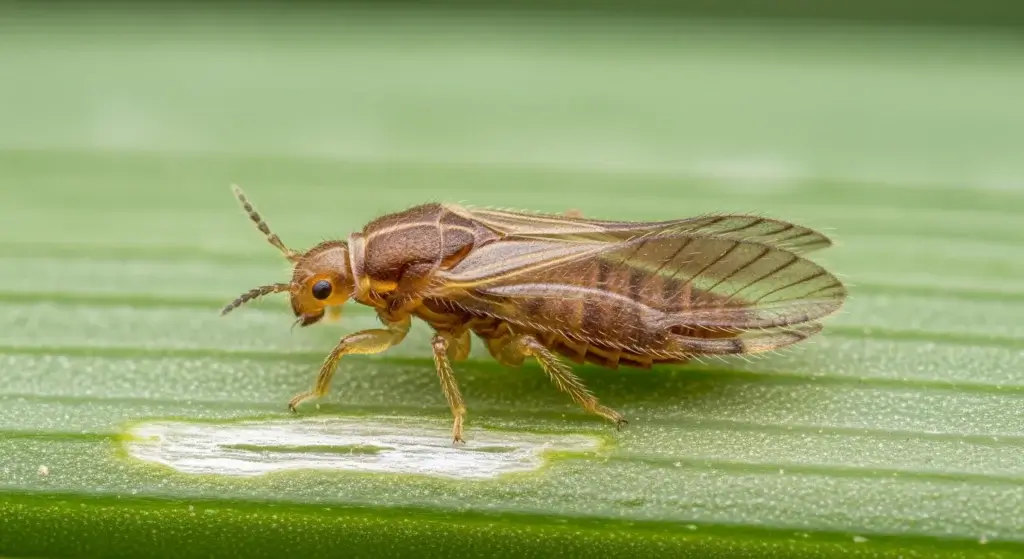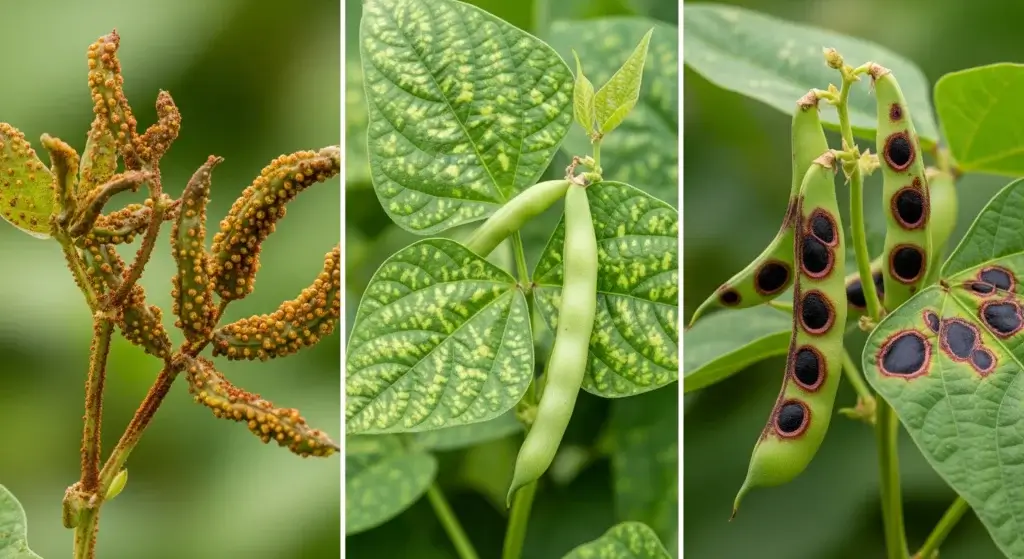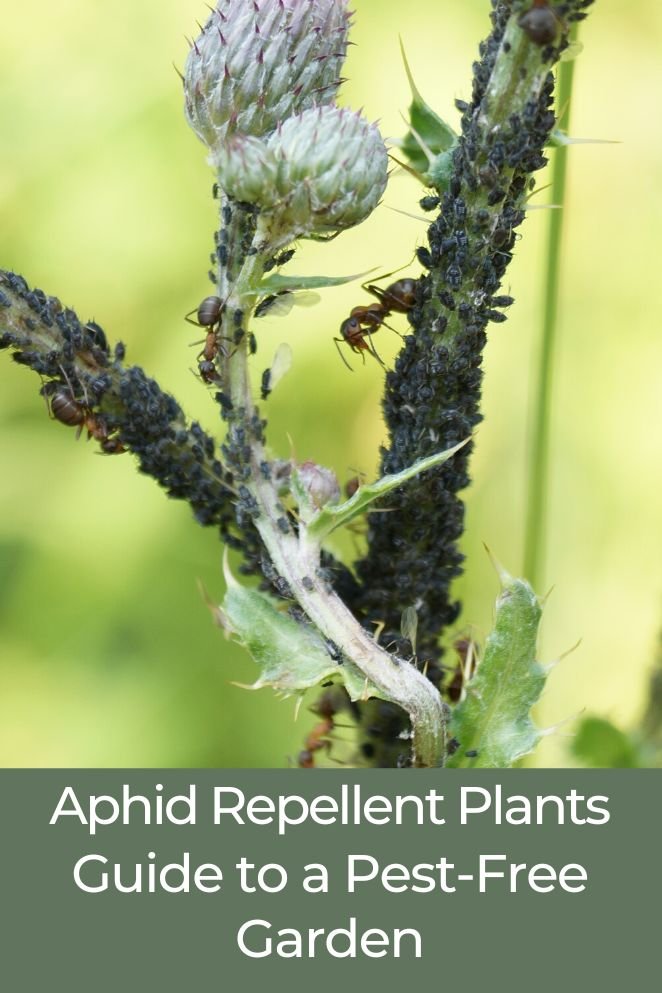
Aphids – those tiny, sap-sucking pests that can turn your flourishing garden into a battlefield.
But fear not, nature has a solution.
In this guide, we’ll explore the world of aphid-repellent plants, diving into the benefits, best choices, and the art of companion planting.
About Companion Planting and Its Benefits
Companion planting is like nature’s version of teamwork in the garden.
It involves strategically planting different species together to create a mutually beneficial environment.
The key idea is that certain plants can complement each other, promoting growth, deterring pests, and enhancing overall health.
Companion planting, instead of treating each plant individually, focuses on creating beneficial interactions between them.
This can be achieved in several ways:
- Read also: Harnessing the Power of Ladybugs for Effective Aphid Control
- Read also: Effective Aphid Control Strategies for Indoor Plants
Repelling pests
Certain plants release strong scents or have specific properties that deter harmful insects like aphids or beetles.
For example, marigolds are known to repel whiteflies, while nasturtiums attract and feed beneficial insects that prey on other pests.
Attracting beneficial insects
Some plants, like lavender or dill, act as magnets for pollinators like bees and butterflies.
These tiny helpers ensure proper pollination for your crops, leading to better yields.
Improving soil health
Nitrogen-fixing legumes, like beans and peas, enrich the soil by adding nitrogen, a vital nutrient for many plants.
Others, like clover, can act as living mulch, suppressing weeds and retaining moisture.
Providing support and shade
Taller plants can offer support for climbing vines like peas or cucumbers.
Some can also provide shade for sun-sensitive crops, optimizing space and resources.
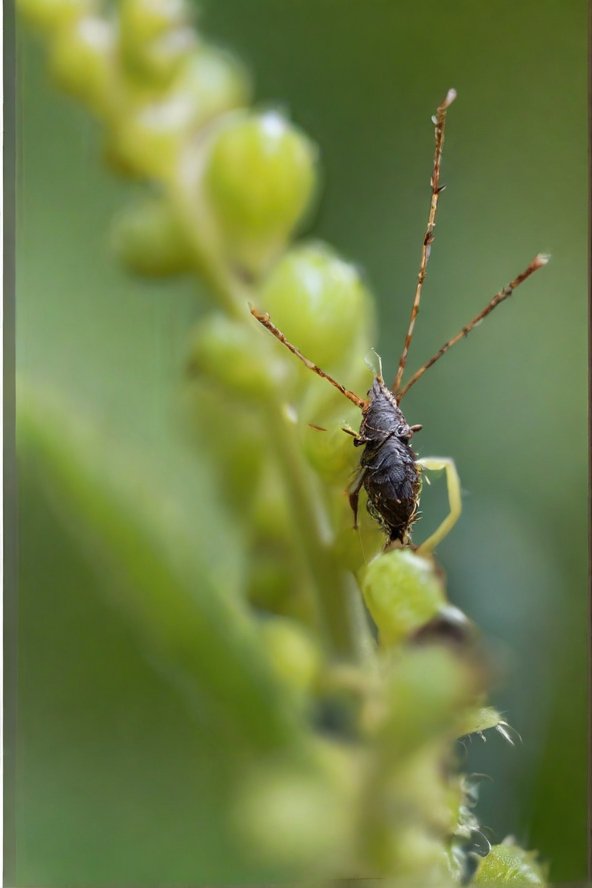
Benefits of Using Aphid Repellent Plants
Using aphid-repellent plants offers several benefits, both in terms of pest management and promoting overall garden health.
Here are some of the benefits of using aphid-repellent plants:
Reduced reliance on pesticides
Aphid-repellent plants can help you reduce your reliance on harmful pesticides, which can be harmful to your health and the environment.
Improved plant health
Some aphid repellent plants can also help to improve the overall health of your plants by providing nutrients, and shade, or by attracting beneficial pollinators.
Increased biodiversity
Planting a variety of aphid-repellent plants can help to increase the biodiversity in your garden, which can create a more balanced ecosystem.
Aesthetic appeal
Many aphid-repellent plants are visually appealing, with attractive foliage, flowers, or fragrances.
By including them in your garden, you can enhance its beauty while also providing practical pest control benefits.

What Are the Best Plants to Repel Aphids?
Several plants are known for their ability to repel aphids naturally. Here are some of the best options:
Garlic
Garlic is known for its strong aroma, which repels aphids and other insect pests.
Planting garlic among other crops can help protect them from aphid infestations.
Onions
Similar to garlic, onions emit a pungent odor that repels aphids.
Planting onions around the perimeter of the garden or among susceptible crops can help deter aphids from infesting plants.
Chives
These allium relatives boast a milder garlic-like scent that repels aphids while attracting beneficial hoverflies.
Mint
Mint plants emit a strong fragrance that deters aphids and other pests.
Planting mint around the garden or in pots near susceptible crops can help protect them from aphid infestations.
Lavender
Aphids are repelled by the strong scent of lavender, making it an excellent choice for planting near susceptible crops or in flower beds.
Rosemary
The strong, woody aroma of rosemary deters aphids and other pests. Interplant it with your vegetables or create a rosemary infusion for spraying.
Dill
Dill attract beneficial insects while repelling aphids.
Its feathery foliage provides a habitat for predatory insects like ladybugs and lacewings, which help control aphid populations.
Nasturtiums
Nasturtiums are not only beautiful flowering plants but also effective aphid repellents.
Aphids are attracted to nasturtiums but will preferentially feed on them rather than other plants in the garden.
Cilantro (Coriander)
Not only does cilantro attract aphid predators, but its strong scent also repels the pests themselves.
Fennel
Fennel not only repels aphids but also attracts beneficial insects like ladybugs and hoverflies, which prey on aphids.
Planting fennel can help maintain a balance of pest and predator populations in the garden.
Marigolds
Marigolds emit a strong fragrance that repels aphids, as well as other pests like nematodes.
They are easy to grow and can be planted throughout the garden as a natural pest deterrent.
Petunias
These low-maintenance flowers emit root exudates that disrupt aphid behavior and deter them from feeding.
Chrysanthemums
Chrysanthemum flowers contain a compound called pyrethrin, which is commonly used in insecticides.
Planting chrysanthemums can help deter aphids and other pests.
Catnip
Catnip contains nepetalactone, a compound that repels aphids, as well as mosquitoes and cockroaches.
While it attracts cats, it repels aphids, making it a useful addition to the garden.

What Plants Do Aphids Love the Most?
Aphids tend to be attracted to a wide range of plants, but some species are particularly favored by them.
These plants often include:
Non-woody, blooming plants
These include flowers like zinnias, dahlias, cosmos, and asters, as well as vegetables like peppers, tomatoes, and cucumbers.
Aphids are attracted to the tender new growth and sweet sap of these plants.
Brassicas
This family of plants includes cabbage, kale, broccoli, and cauliflower. Aphids love the soft, succulent leaves of these vegetables.
Legumes
Beans, peas, and lentils are all attractive to aphids. The plants’ nitrogen-rich leaves provide a nutritious food source for these pests.
Rose bushes
These popular flowering shrubs are often targeted by aphids, which feed on the tender new leaves and flower buds.
Sunflowers
Aphids may infest sunflowers, particularly during their growth stages.
Fruit trees
Apples, peaches, and other fruit trees can be susceptible to aphid infestations.
- Read also: A Guide to Natural Aphid Prevention
- Read also: Identifying Aphids on Your Plants
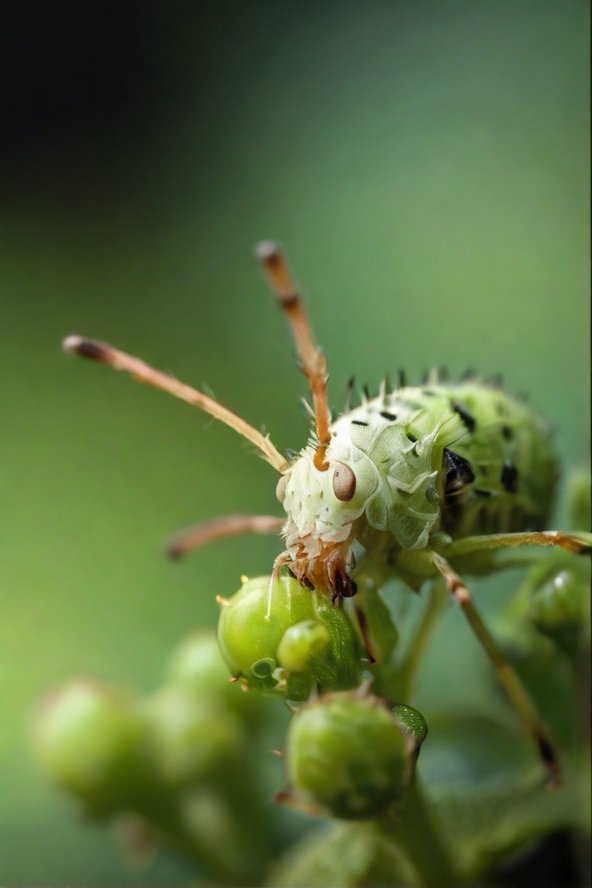
Conclusion
Creating a garden that thrives is an art, and aphid-repellent plants are your secret weapons.
Embrace the power of nature, foster a symbiotic relationship between your plants, and watch as your garden transforms into a pest-resistant haven.
Frequently Asked Questions
While these plants offer a natural defense, it’s beneficial to adopt a holistic approach. Encourage natural predators, practice organic gardening, and consider companion planting for a well-rounded defense.
Yes, certain indoor plants like mint, basil, and lavender can help keep aphids at bay. Place them strategically near vulnerable plants.
Absolutely! Companion planting is a versatile strategy that can enhance the growth and protection of various vegetables. Research ideal plant pairings for your specific veggies.

